Staying Fit

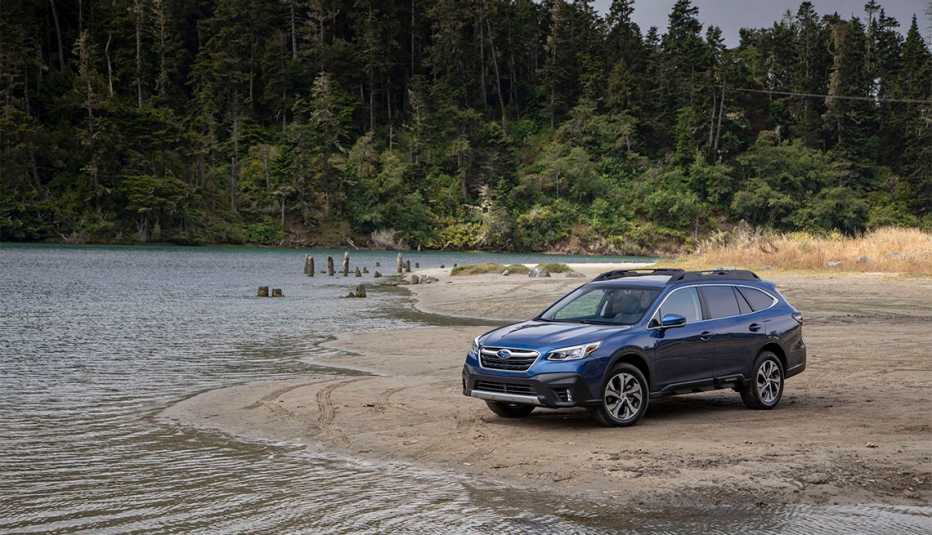
The difference in the cost of auto insurance is huge depending where you live, what you drive, where you park, whether you have traffic tickets on your record and, perhaps surprisingly, how good your credit rating is.
You probably won't pack up and move from Michigan — the state with the highest average price for auto insurance — to Maine, the lowest, to save a bundle on your auto policy. But you might change your mind about what car to buy next or watch your speed more carefully through that 25-mph residential neighborhood.


AARP Membership— $12 for your first year when you sign up for Automatic Renewal
Get instant access to members-only products and hundreds of discounts, a free second membership, and a subscription to AARP the Magazine.
Every year, the insurance-shopping site Insure.com calculates the average price for auto coverage and ranks vehicles accordingly.
For this ranking of 2020 models, Insure.com says it “pulled insurance quotes from six major insurance companies and averaged the premiums, so you have an accurate estimate of what it costs to insure the car of your dreams,” or at least the car of your budget.
3 best rates in 3 categories
Here are the most economical vehicles to insure in popular types of vehicles. The U.S. average annual insurance bill is $1,517.
Sedans
• Honda Fit LX, $1,379
• Chevrolet Spark LS, $1,453
• Fiat 500L Pop, $1,462
SUVs
• Mazda CX-3 Sport, $1,324
• Honda CR-V LX, $1,333
• Jeep Wrangler Sport, $1,334
Trucks
• GMC Canyon, $1,411
• Chevrolet Colorado, $1,439
• Ford F-150, $1,440
Source: Insure.com
The calculation assumes a 40-year-old driver. The premiums “are going to be around the same if the driver profile was for someone 50 or 60,” says Penny Gusner, Insure.com's senior consumer analyst. “It likely would be a bit cheaper, as that age range is pretty mature in their driving behavior and abilities."
The rates stay down until a driver is 65, then start edging up, according to the Foster City, California, company's affiliated site, CarInsurance.com. Some states — California, Massachusetts, Michigan, Montana, North Carolina and Pennsylvania, according to Stateline, an initiative of the Pew Charitable Trusts — also prohibit changes in rates because of gender.
To keep a level playing field, the rates are calculated for a single 40-year-old male who commutes 12 miles to work each day, Gusner says. The policy covers $100,000 of injury liability for one person, $300,000 for all injuries and $50,000 for property damage in an accident — that's called a 100/300/50 policy — and a $500 deductible on collision and comprehensive coverage. Comprehensive insurance covers everything besides hitting an object, such as fire, floods, hail, theft or vandalism.
This hypothetical driver has a clean record and good credit. The rate also includes uninsured motorist coverage.
But the vehicle isn't the only variable in your auto insurance bill. The place is also a significant factor.
Michigan, with an average annual premium of $2,878, is the most expensive state in which to own a car. The least expensive state for auto insurance is Maine, at $912. The U.S. average is $1,517.
"Car insurance in Michigan costs three times more than it does in our cheapest state, Maine,” according to Insure.com.
Michigan's premiums are so expensive because companies must guarantee unlimited, lifetime medical benefits to auto accident victims. Insurers see that as a dramatic increase in their financial risk. In turn, more drivers go without insurance, which also bumps up insurers’ risk, Insure.com says.
But in July, changes in insurance requirements begin there that are expected to reduce customers’ bills.
Using the Mazda CX-3, the least expensive vehicle premium on Insure.com's national average list at $1,324, here's what a 40-year-old single man would pay on average in these states:
• Maine, $745
• New Hampshire, $848
• Ohio, $900
• Illinois, $1,255
• Texas, $1,554
• Florida, $2,035
• Michigan, $2,517
Note that cheapest to insure doesn't always mean best to own. You'll see from some lukewarm or even poor ratings in other areas that we've researched for you.

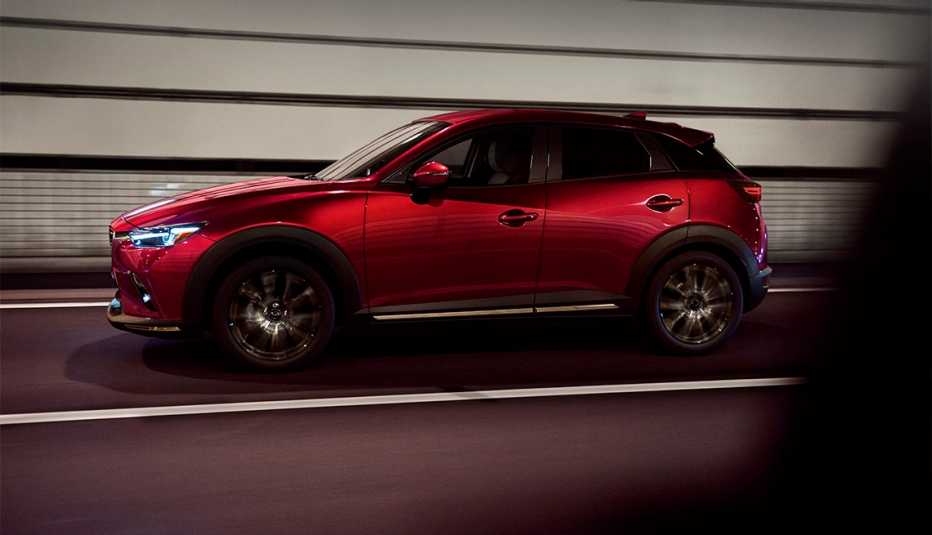
1. Mazda CX-3 Sport
Average yearly insurance premium: $1,324
Crash rating, overall, from National Highway Traffic Safety Administration (NHTSA): 5 stars, the top rating, though the agency notes a safety concern in the side impact test. The Insurance Institute for Highway Safety (IIHS) rates it a top safety pick plus, its highest rating.
Miles per gallon (MPG), combined city/highway, from Environmental Protection Agency (EPA) testing: 29 to 31, depending on all- or front-wheel drive.
Overall rating: Consumer Reports gives it a 73 out of 100, predicting that owner satisfaction is forecast to be near the bottom of the scale, a 1 out of 5, but does have it on its recommended list. J.D. Power and Associates’ consumer satisfaction score is 76 out of 100.
Yearly fuel cost, from EPA at $1.85 per gallon: $900 to $950
Price: Sport model with front-wheel drive starts at $21,740.

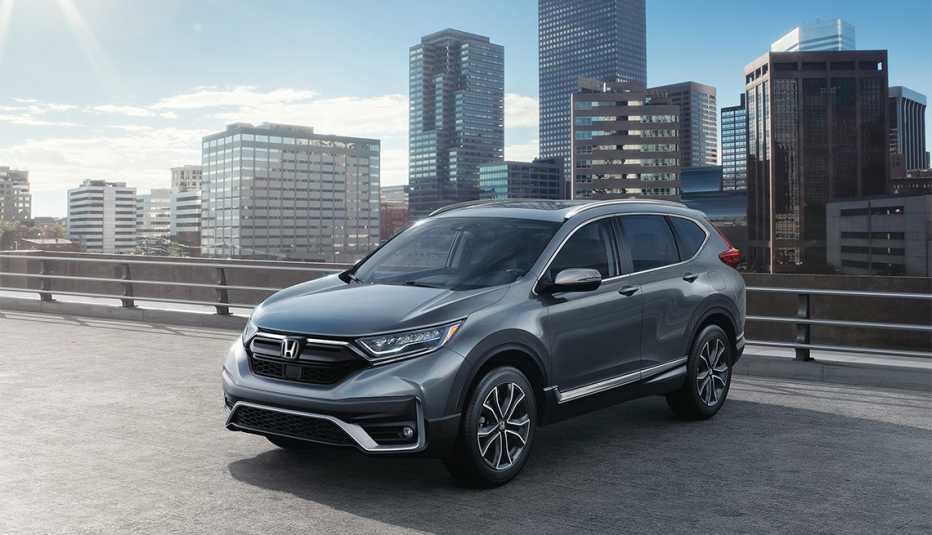
2. Honda CR-V LX
Average premium: $1,333
Crash rating: 5 stars, the top rating; also IIHS top safety pick, the second highest rating
MPG: 29 to 30, depending on all- or front-wheel drive
Overall rating: Consumer Reports gives it 77 out of 100 and puts it on its recommended list. J.D. Power has not yet rated it.
Yearly fuel cost: $900 to $950
Price: LX model with front-wheel drive starts at $26,170.



























































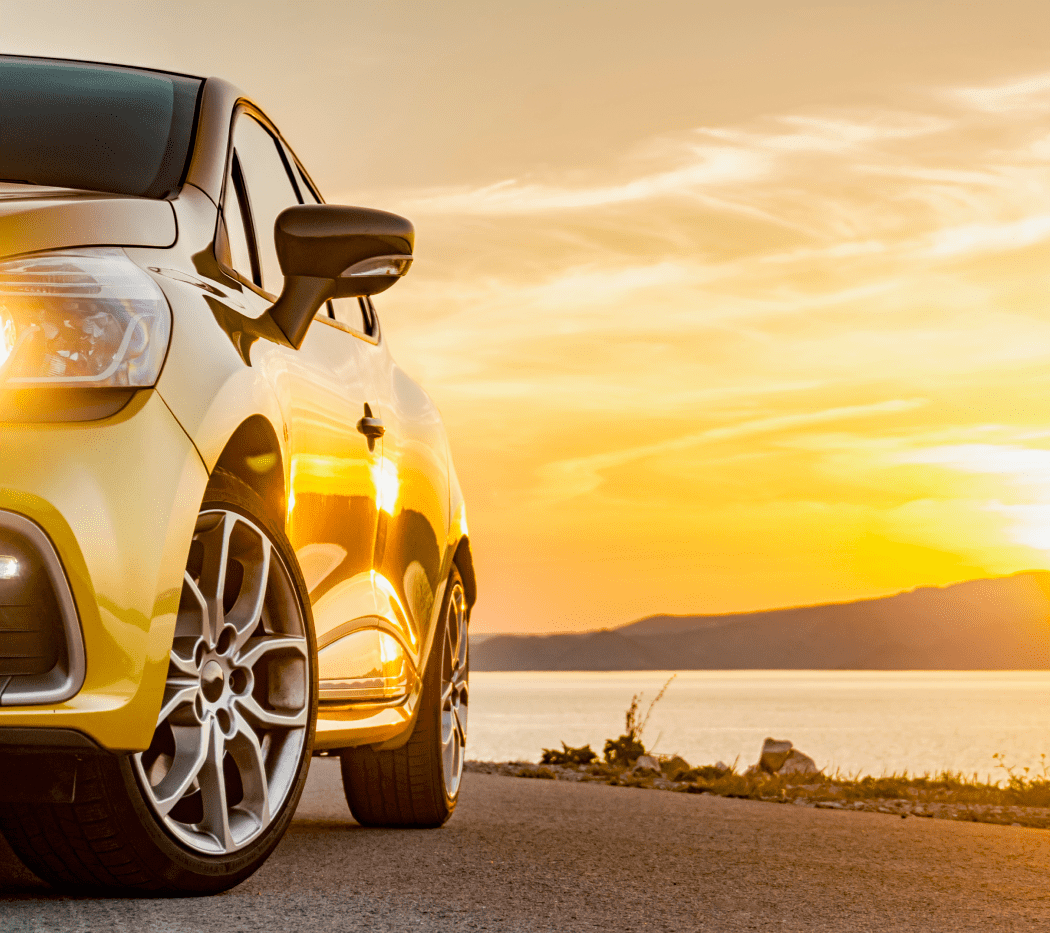
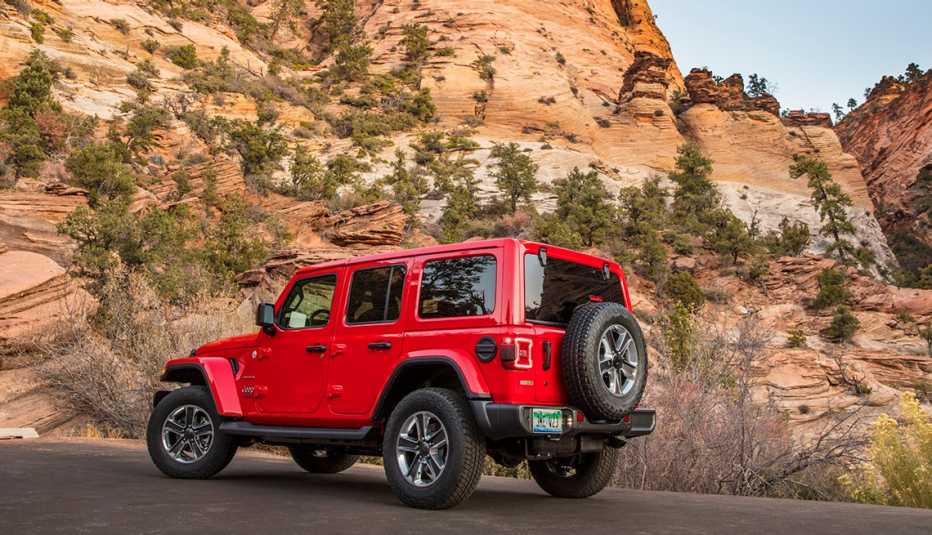

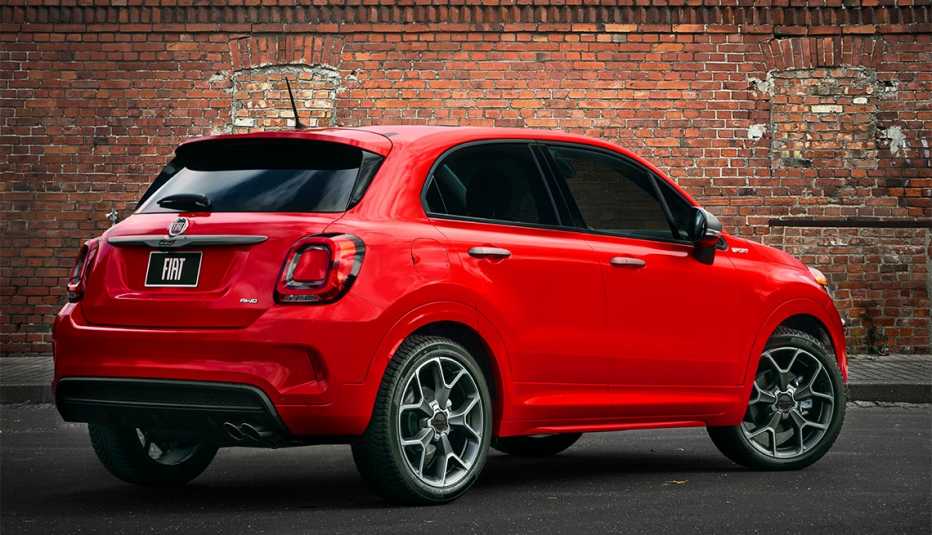
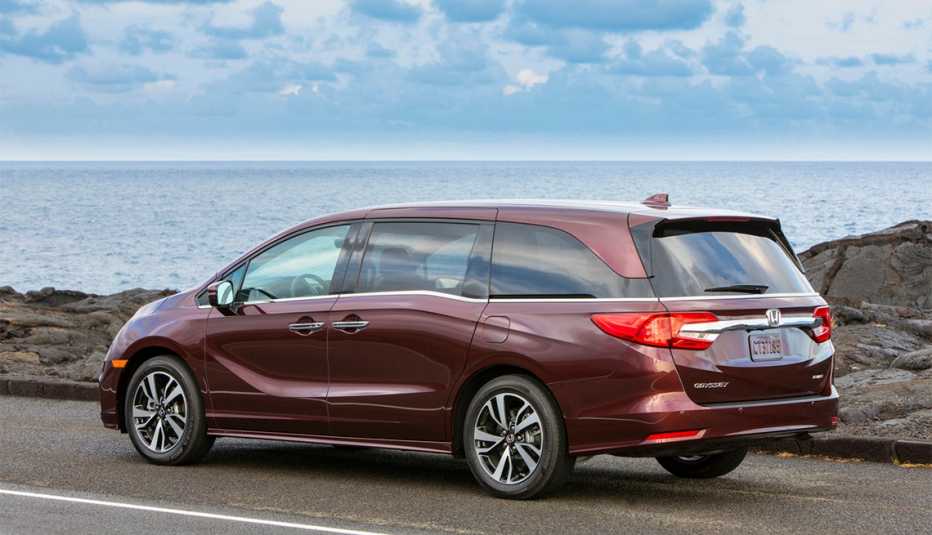


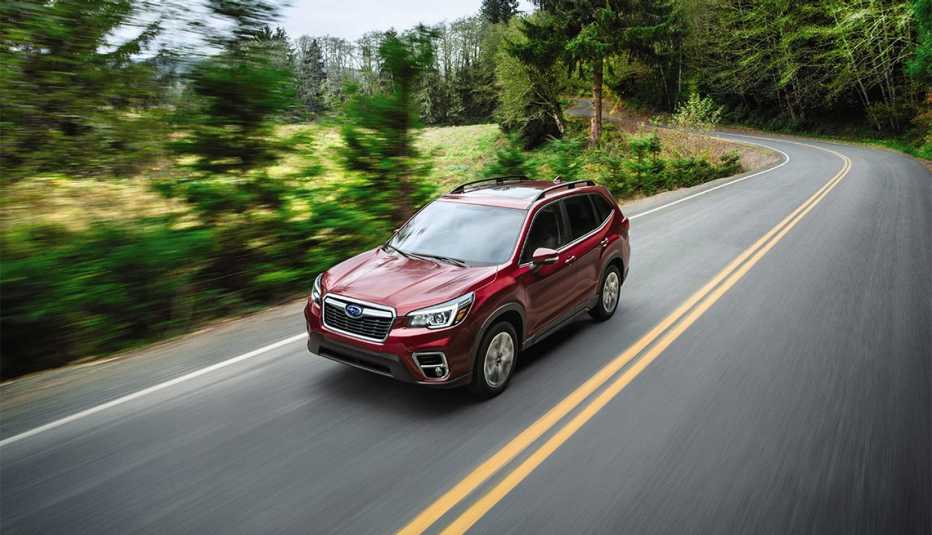
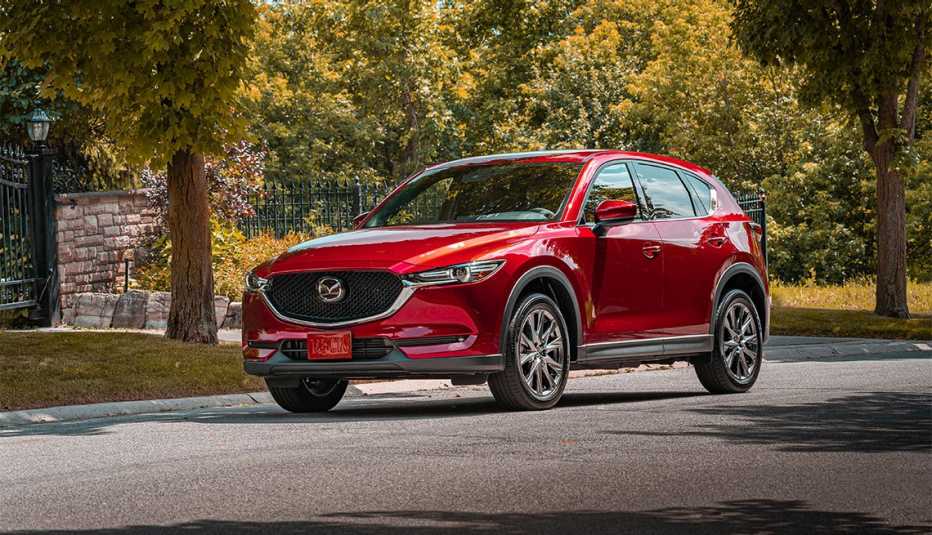
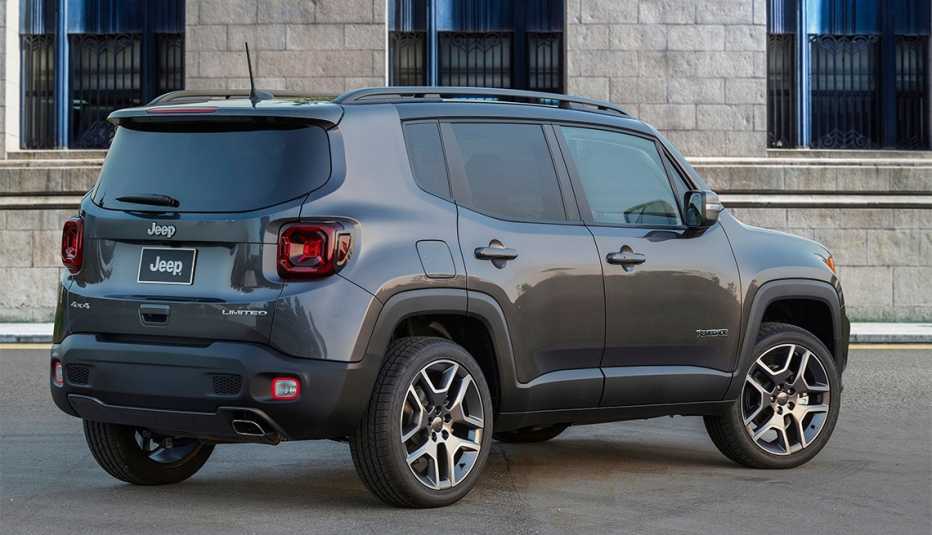

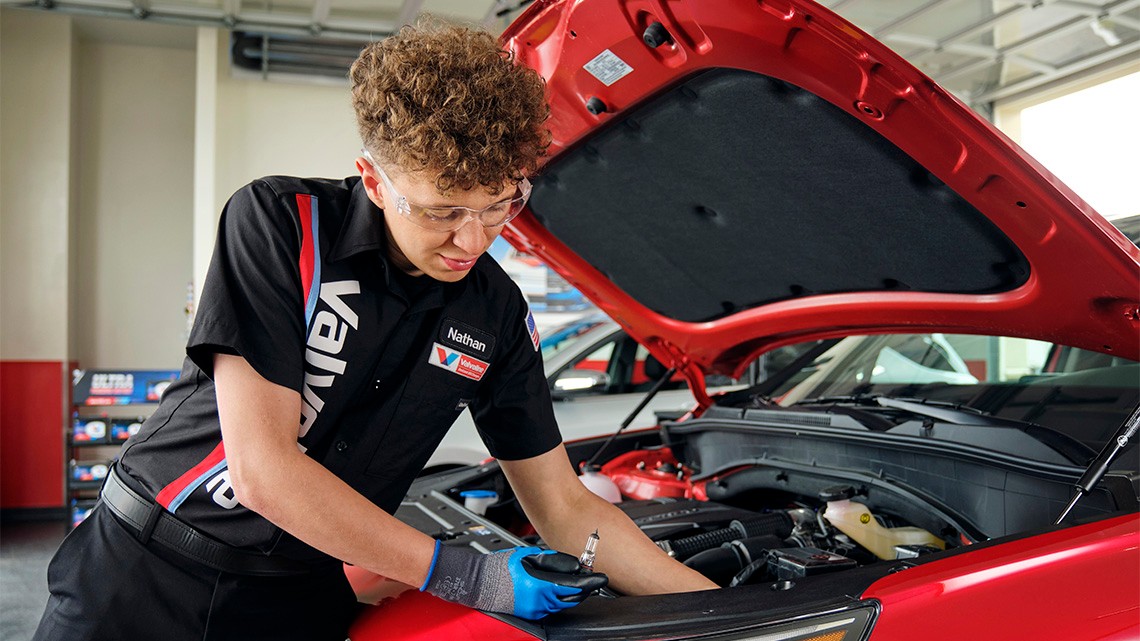



More From AARP
Coronavirus Accelerates Online Car Buying Options
Auto dealers emphasize social distancing — and cleanliness — throughout the contactless process
12 Types of Used Vehicles for Less Than $15,000
As money gets tight, consider pre-owned cars that are affordable, reliable, safeConsumer Reports Rates 10 Best Vehicles for 2020
Two high-tech safety systems are standard in all of the magazine's Top Picks